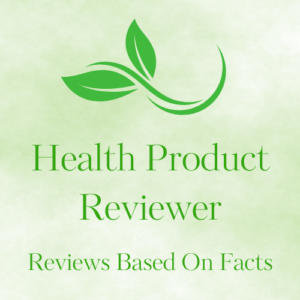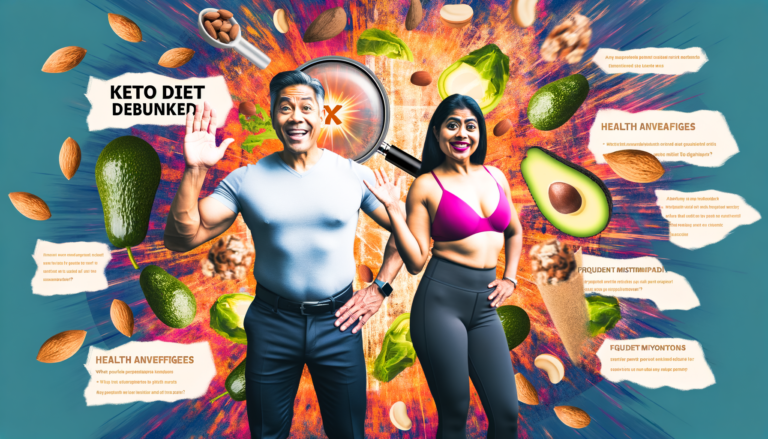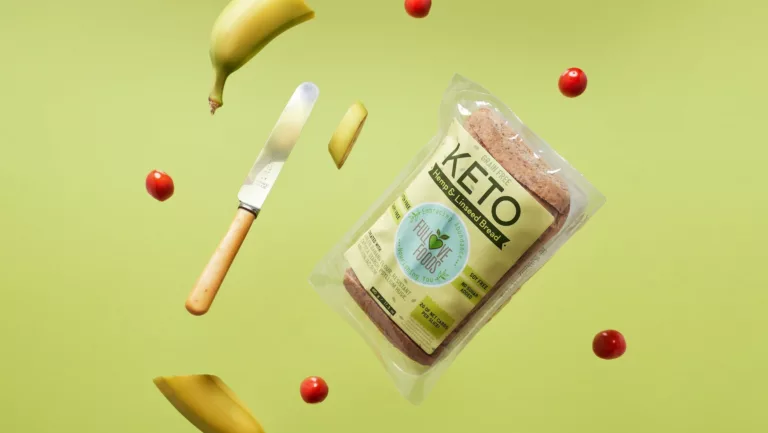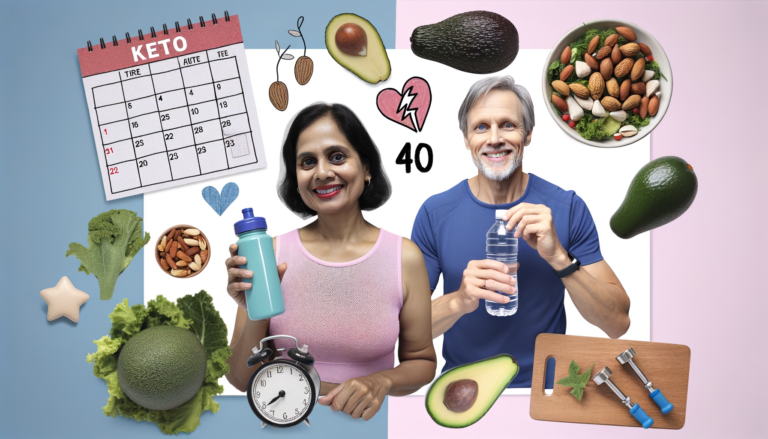The ketogenic diet, or “keto diet,” is a high-fat, low-carbohydrate diet that has gained popularity in recent years as a weight loss and health improvement tool. While the keto diet can offer numerous benefits, it is important to be aware of the potential risks and precautions to take when following this type of diet.
One aspect of following a keto diet that is important to consider is the types of food that are allowed on the diet. Choosing the right types of Keto Diet food can help to ensure that you are getting a well-balanced and nutrient-rich diet while following the keto diet.
Here is a list of authorized foods that can be included in a keto diet:
Keto Diet Food #1: Healthy fats
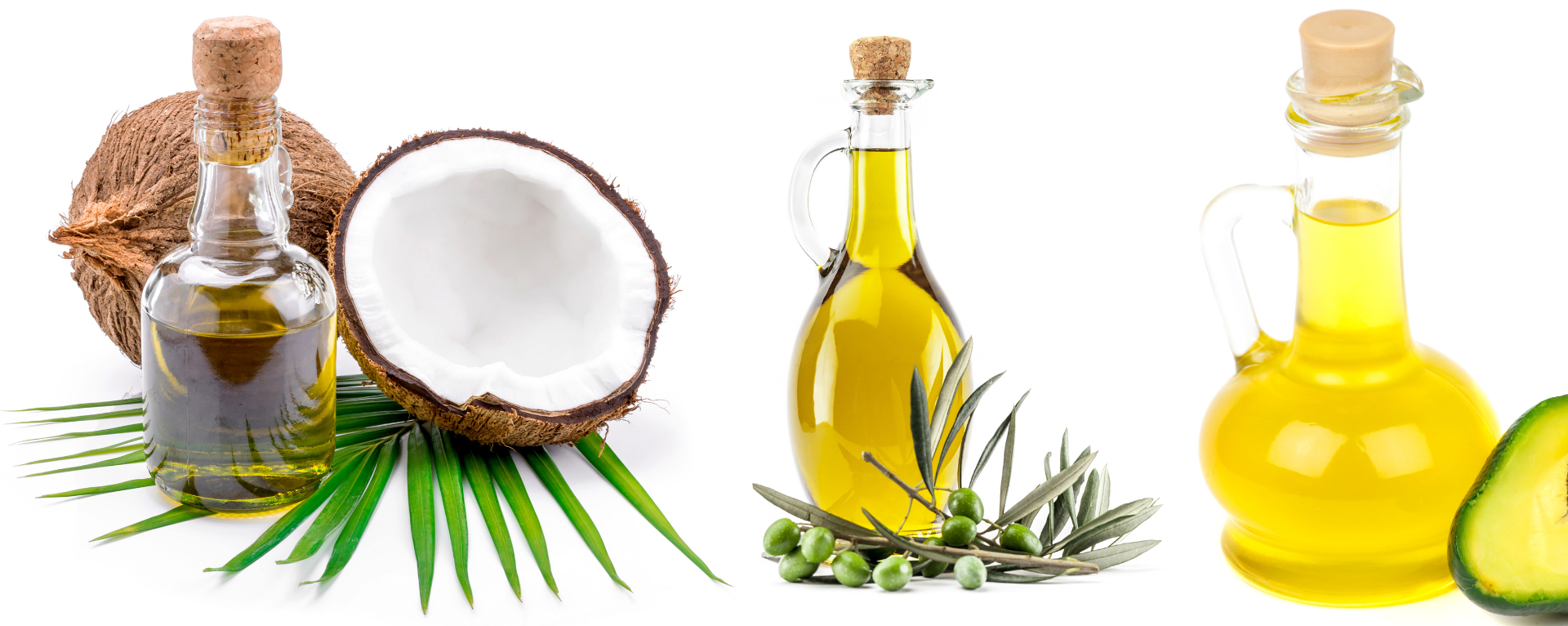
Healthy fats are an important component of a keto diet and can be found in a variety of foods, such as olive oil, coconut oil, avocado, and nuts. They are important for a variety of functions in the body, including providing energy, supporting brain health, and helping to absorb fat-soluble vitamins.
Some sources of healthy fats to consider for a keto diet include:
It is important to note that while healthy fats are an important component of a keto diet, it is important to be mindful of portion sizes and to ensure that you are getting a well-balanced and nutrient-rich diet. It is also important to be aware of the potential risks and precautions to take when following a keto diet, such as the need to increase fluid and electrolyte intake and the potential for nutrient deficiencies.
Keto Diet Food #2: Non-starchy vegetables
Non-starchy vegetables are a great source of fiber and nutrients and can be included in a variety of dishes on the keto diet. They are generally lower in carbohydrates than starchy vegetables, such as potatoes, and can help to provide a variety of nutrients while following a keto diet.
Some non-starchy vegetables to consider for a keto diet include:
It is important to note that while non-starchy vegetables are a nutritious and convenient option for a keto diet, it is important to be mindful of portion sizes and to ensure that you are getting a well-balanced and nutrient-rich diet. It is also important to be aware of the potential risks and precautions to take when following a keto diet, such as the need to increase fluid and electrolyte intake and the potential for nutrient deficiencies.

Keto Diet Food #3 : Nuts and seeds
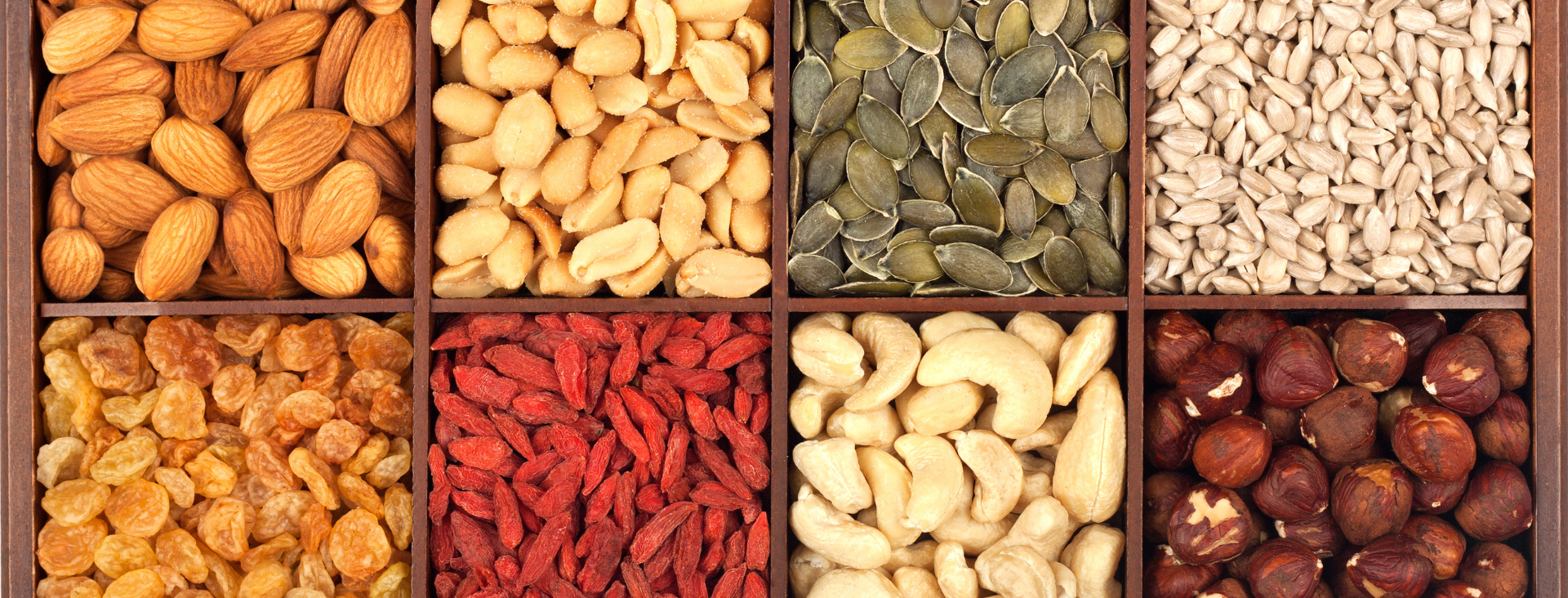
Nuts and seeds are a great source of healthy fats and protein and can be included in a keto diet. They are also a good source of other nutrients, such as fiber, vitamins, and minerals.
Some nuts and seeds to consider for a keto diet include:
It is important to note that while nuts and seeds can be a nutritious and convenient option for a keto diet, it is important to be mindful of portion sizes and to ensure that you are getting a well-balanced and nutrient-rich diet. It is also important to be aware of the potential risks and precautions to take when following a keto diet, such as the need to increase fluid and electrolyte intake and the potential for nutrient deficiencies.
Keto Diet Food #4: Meat and poultry
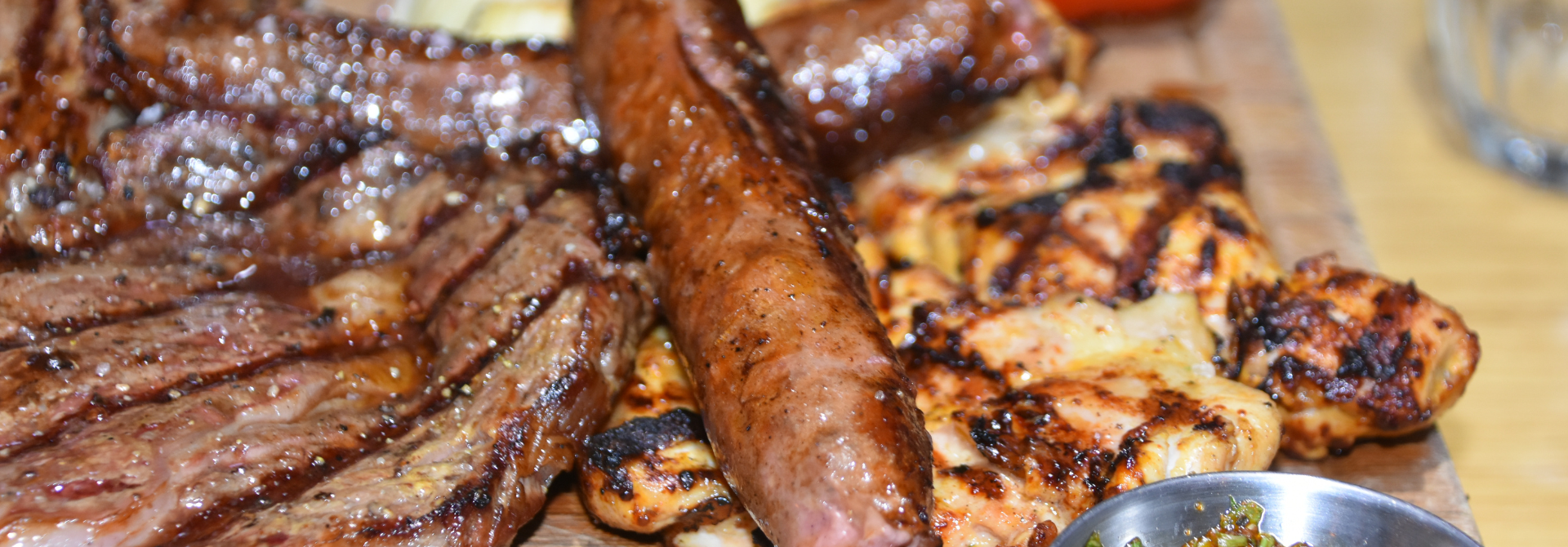
Meat and poultry are excellent sources of protein and can be included in a variety of dishes on the keto diet. They are also a good source of other nutrients, such as iron, zinc, and B vitamins.
Some types of meat and poultry to consider for a keto diet include:
It is important to note that while meat and poultry can be a nutritious and convenient option for a keto diet, it is important to be mindful of portion sizes and to ensure that you are getting a well-balanced and nutrient-rich diet. It is also important to be aware of the potential risks and precautions to take when following a keto diet, such as the need to increase fluid and electrolyte intake and the potential for nutrient deficiencies.
Keto Diet Food #5: Fish and seafood
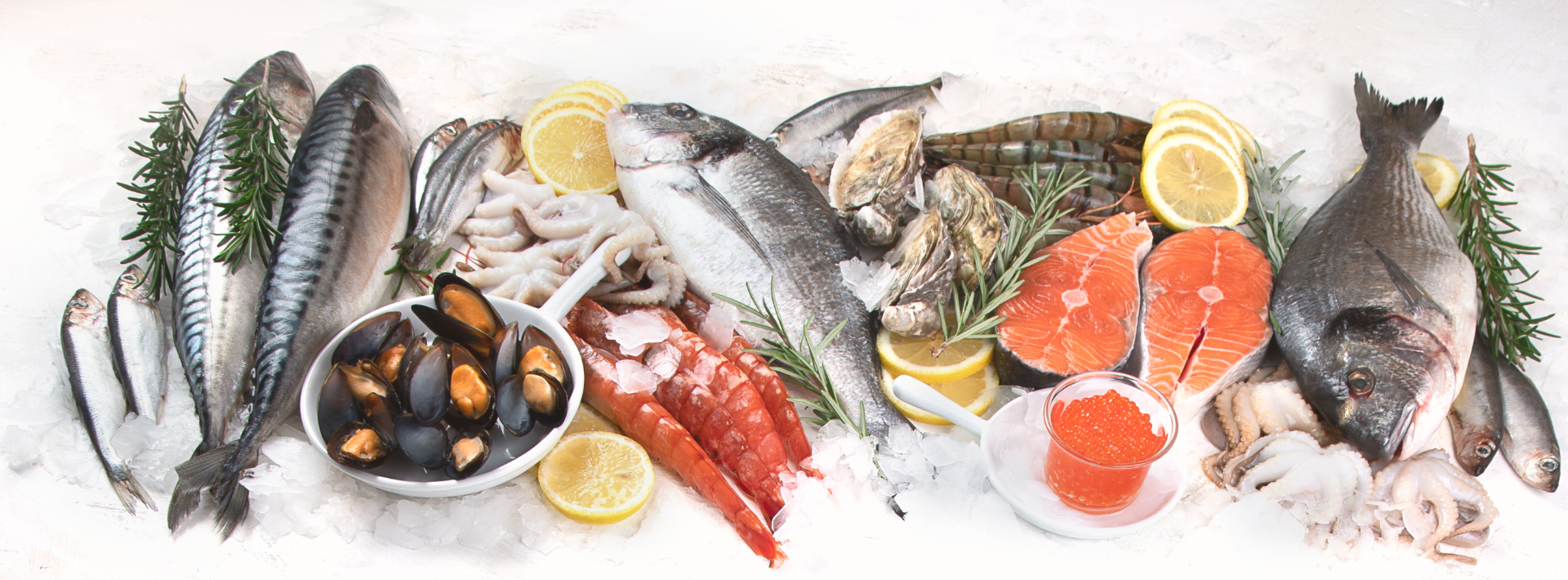
Fish and seafood are excellent sources of protein and healthy fats, making them a great option for a keto diet. They are also a good source of other nutrients, such as omega-3 fatty acids, vitamins, and minerals.
Some types of fish and seafood to consider for a keto diet include:
It is important to note that while fish and seafood can be a nutritious and convenient option for a keto diet, it is important to be mindful of portion sizes and to ensure that you are getting a well-balanced and nutrient-rich diet. It is also important to be aware of the potential risks and precautions to take when following a keto diet, such as the need to increase fluid and electrolyte intake and the potential for nutrient deficiencies.
Keto Diet Food #6: Eggs
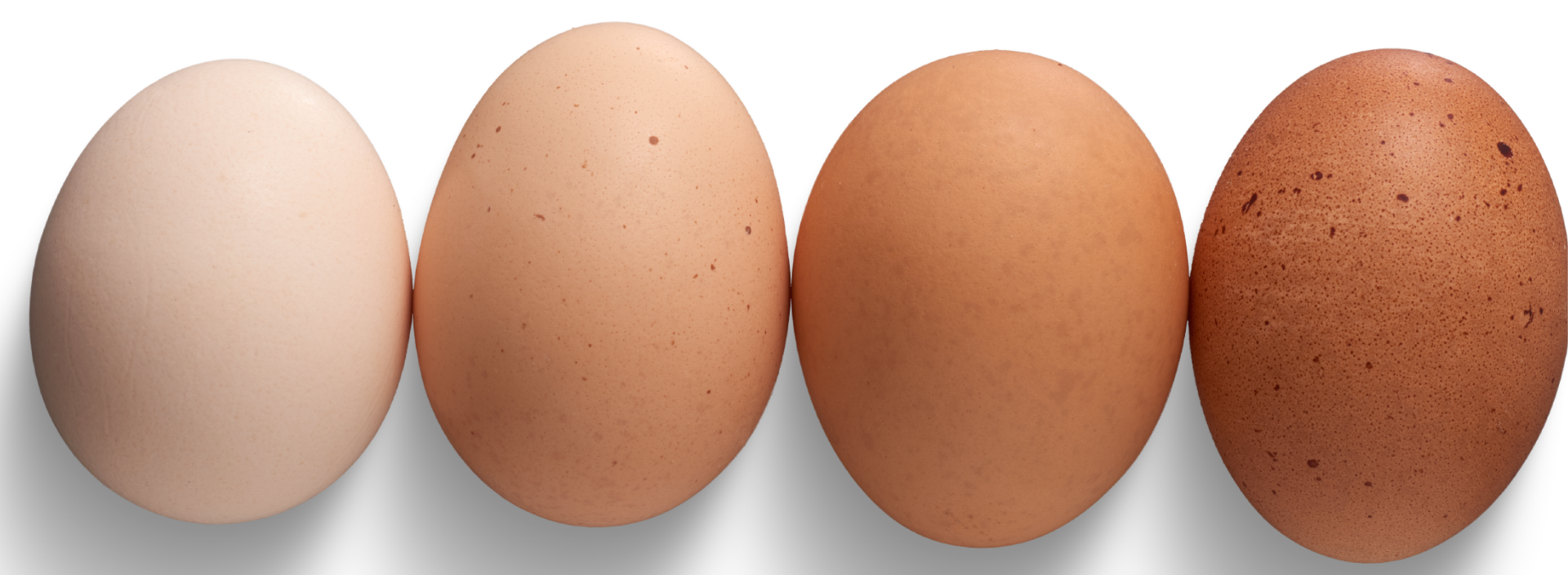
Eggs are a great source of protein and can be included in a variety of dishes on the keto diet. They are also a good source of other nutrients, such as vitamins A, D, and B12, and minerals such as selenium and choline.
There are several ways to include eggs in a keto diet, including:
It is important to note that while eggs can be a nutritious and convenient option for a keto diet, it is important to be aware of the potential risks and precautions to take when following a keto diet, such as the need to increase fluid and electrolyte intake and the potential for nutrient deficiencies.
Keto Diet Food #7: Cheese
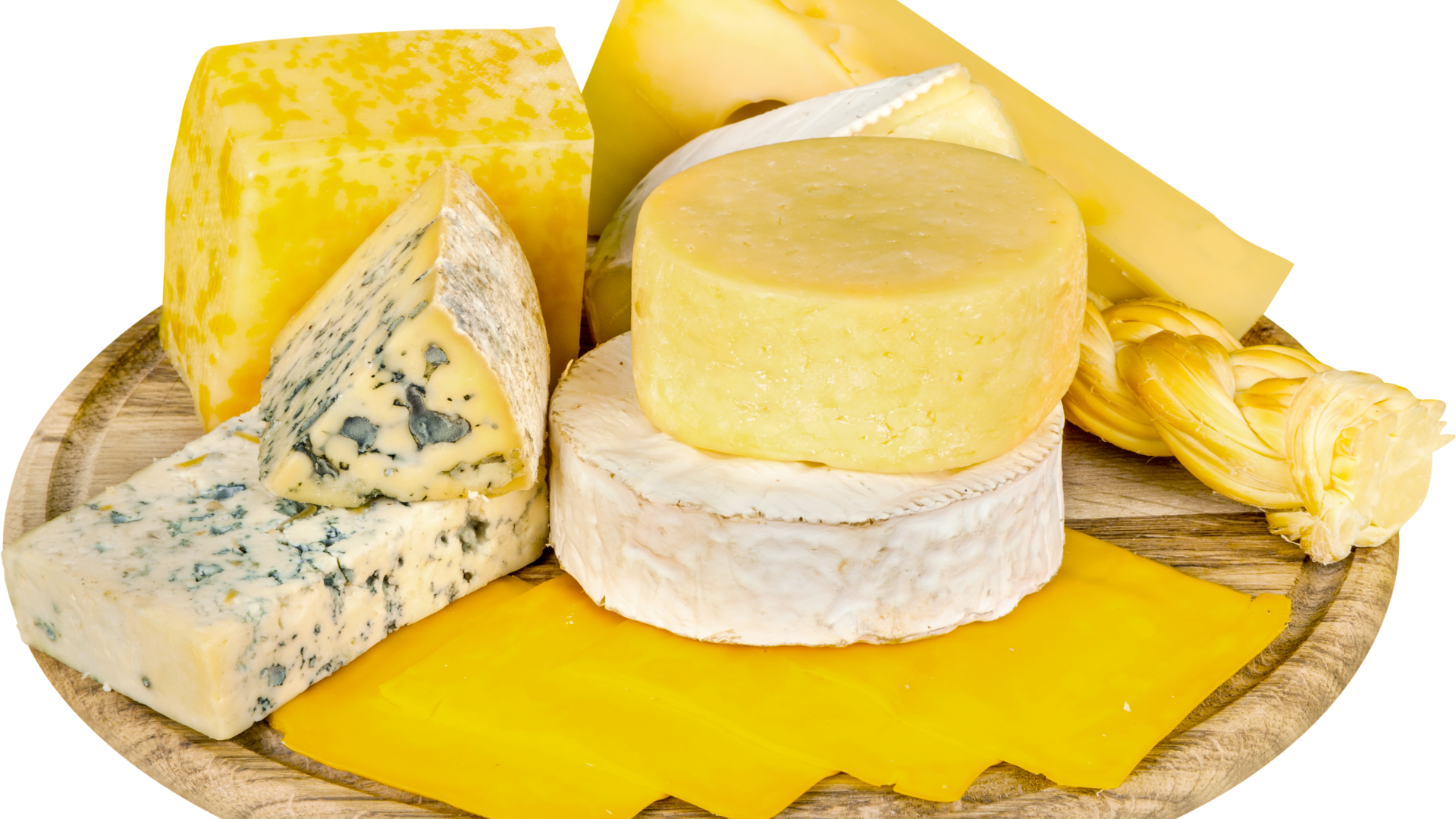
Cheese is a good source of protein and healthy fats and can be included in a variety of dishes on the keto diet. It is also a good source of other nutrients, such as calcium, vitamin D, and B vitamins.
Some types of cheese to consider for a keto diet include:
It is important to note that while cheese can be a nutritious and convenient option for a keto diet, it is important to be mindful of portion sizes and to ensure that you are getting a well-balanced and nutrient-rich diet. It is also important to be aware of the potential risks and precautions to take when following a keto diet, such as the need to increase fluid and electrolyte intake and the potential for nutrient deficiencies.
Keto Diet Food #8: Avocado
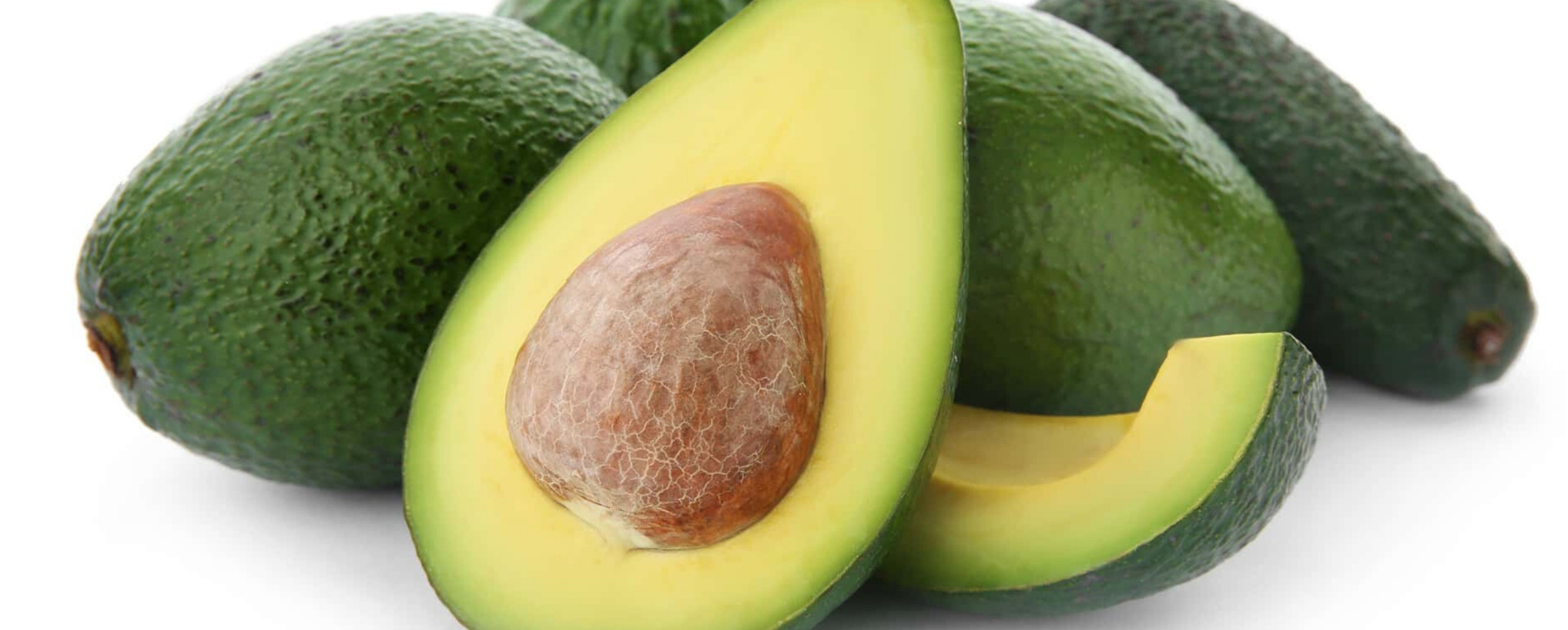
Avocado is a great source of healthy fats and can be included in a variety of dishes on the keto diet. It is also a good source of other nutrients, such as fiber, vitamin K, and potassium.
Some ways to include avocado in a keto diet include:
It is important to note that while avocado can be a nutritious and convenient option for a keto diet, it is important to be mindful of portion sizes and to ensure that you are getting a well-balanced and nutrient-rich diet. It is also important to be aware of the potential risks and precautions to take when following a keto diet, such as the need to increase fluid and electrolyte intake and the potential for nutrient deficiencies.
Keto Diet Food #9: Low-carb fruits
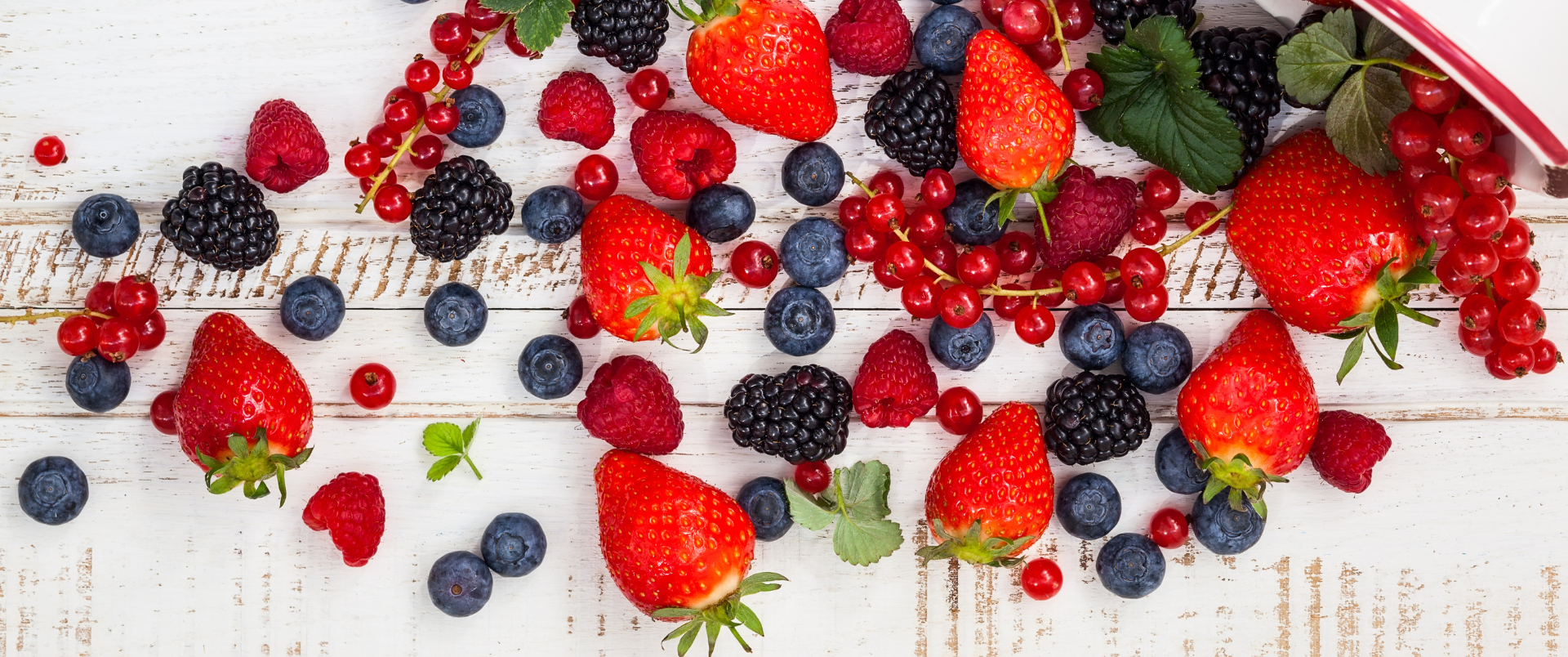
Low-carb fruits can be a good option for those following a keto diet, as they are lower in carbohydrates than many other types of fruit. However, it is important to be mindful of portion sizes and to ensure that you are getting a well-balanced and nutrient-rich diet.
Some low-carb fruit options to consider include:
It is important to note that while these fruits are lower in carbohydrates than many other types of fruit, they should still be consumed in moderation on a keto diet. It is also important to be aware of the potential risks and precautions to take when following a keto diet, such as the need to increase fluid and electrolyte intake and the potential for nutrient deficiencies.
Keto Diet Food #10: Coconut
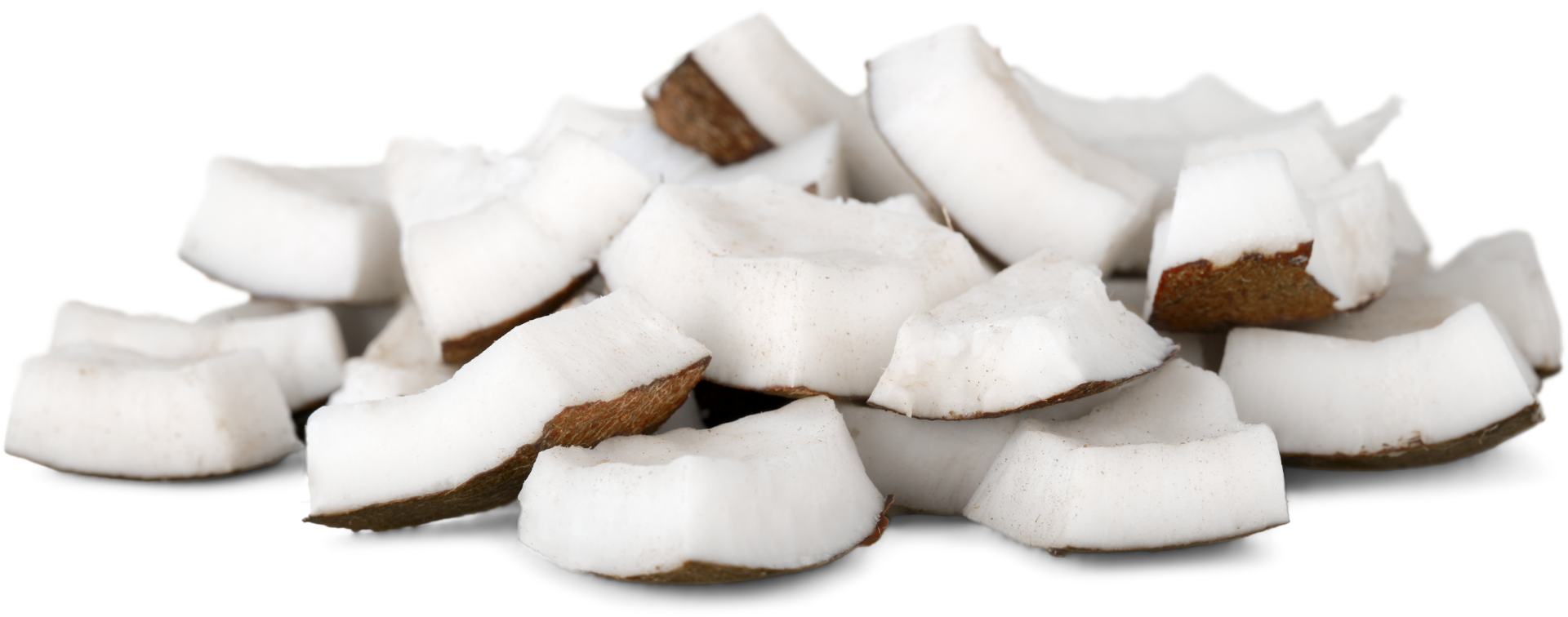
Coconut is a good source of healthy fats and can be included in a variety of dishes on the keto diet. It is also a good source of other nutrients, such as fiber, manganese, and iron.
Some ways to include coconut in a keto diet include:
It is important to note that while coconut can be a nutritious and convenient option for a keto diet, it is important to be mindful of portion sizes and to ensure that you are getting a well-balanced and nutrient-rich diet. It is also important to be aware of the potential risks and precautions to take when following a keto diet, such as the need to increase fluid and electrolyte intake and the potential for nutrient deficiencies.
It is important to note that while these foods can be included in a keto diet, it is important to pay attention to portion sizes and to ensure that you are getting a well-balanced and nutrient-rich diet. It is also important to be aware of the potential risks and precautions to take when following a keto diet, such as the need to increase fluid and electrolyte intake and the potential for nutrient deficiencies.
By choosing a variety of authorized foods and following a well-planned and balanced keto diet, you can help to support your overall health and well-being while following the keto diet. However, it is important to consult with a healthcare professional before starting any new diet to ensure that it is safe and appropriate for you.
>>> Want to get keto diet delicious smoothie recipes, click here, or keto dinner recipes, click here
scientific references
- Mozaffarian, D., et al. “Heart disease and stroke statistics-2017 update: a report from the American Heart Association.” Circulation. 2017 Jan 31; 135(4):e146-e603.
- Hu, T., et al. “Egg consumption and risk of coronary heart disease and stroke: dose-response meta-analysis of prospective cohort studies.” BMJ. 2013 Mar 5; 346:e8539.
- Hu, T., et al. “The role of nut consumption in the prevention of coronary heart disease: multiple potential mechanisms.” J Nutr. 1999 Dec; 129(12):2049-52.
- Ascherio, A., et al. “Magnesium intake and risk of type 2 diabetes in men and women.” Diabetes Care. 1999 Dec; 22(12):1934-40.
- Genton, L., et al. Electrolyte disturbances and hyperketonemia in severe alcoholics: a prospective study.” Alcohol Clin Exp Res. 2001 Dec; 25(12):1814-20.
- Reger, M. A., et al. “Effects of beta-hydroxybutyrate on cognition in memory-impaired adults.” Neurobiol Aging. 2004 Mar; 25(3):311-4.
- Yeh, G. Y., et al. “The role of vegetable and fruit consumption in the prevention of cardiovascular disease: a review.” J Am Diet Assoc. 2004 Dec; 104(12):1651-9.
- Guo-Yi Tang, Xiao Meng, Ya Li, Cai-Ning Zhao, Qing Liu, and Hua-Bin Li Effects of Vegetables on Cardiovascular Diseases and Related Mechanisms. Published online 2017 Aug 10. doi: 10.3390/nu9080857 https://www.ncbi.nlm.nih.gov/pmc/articles/PMC5579650/
- Mozaffarian, D., et al. “Fish consumption and risk of stroke in women.” JAMA. 2005 Jan 12; 293(2):232-9. https://jamanetwork.com/journals/jamainternalmedicine/article-abstract/486369
https://www.ahajournals.org/doi/full/10.1161/01.CIR.0000055315.79177.16 - Han, E. S., et al. “Avocado consumption is associated with better diet quality and nutrient intake, and lower metabolic syndrome risk in US adults: results from the National Health and Nutrition Examination Survey (NHANES) 2001-2008.” Nutr J. 2015 Jan 16; 14:13. https://nutritionj.biomedcentral.com/articles/10.1186/1475-2891-12-1
- Schwingshackl, L., et al. “Long-term effects of low-fat diets either low or high in protein on cardiovascular and metabolic risk factors: a systematic review and meta-analysis.” J Hum Nutr Diet. 2017 Oct; 30(5):537-550. https://www.ncbi.nlm.nih.gov/pmc/articles/PMC5360012/
- O. O. Oguntibeju, E. J. Truter and A. J. Esterhuyse The Role of Fruit and Vegetable Consumption in Human Health and Disease Prevention. Submitted: April 5th, 2012 Published: January 23rd, 2013; DOI: 10.5772/50109 https://www.intechopen.com/chapters/42095
